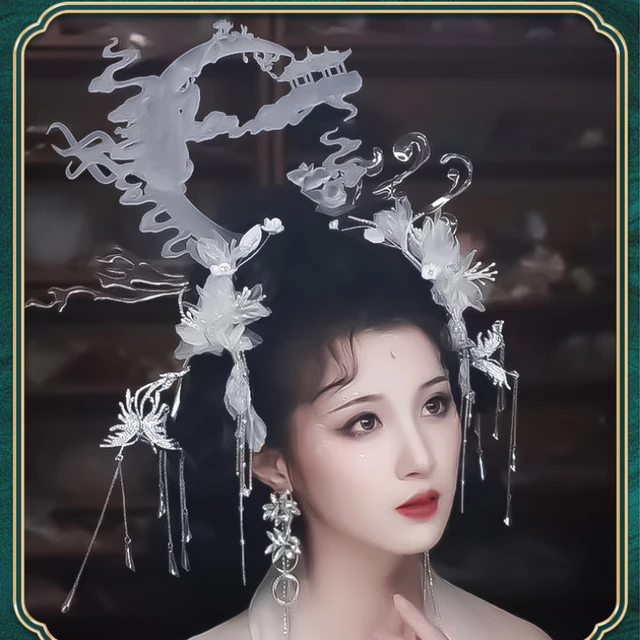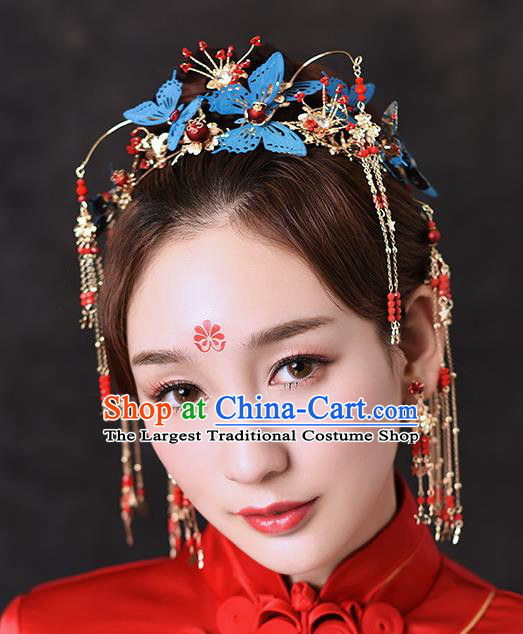A Journey Through the Art of Chinese Hanfu Belts and Their Traditional Significance
Welcome to this exploration of the exquisite craftsmanship and rich cultural heritage of Chinese Hanfu belts. Hanfu, traditional attire of the Han Chinese, has a history spanning thousands of years. A key element of this ancient fashion is the belt, which not only serves a practical purpose but also embodies deep cultural meanings and artistic values.

The Hanfu belt, or ‘Fú’, is an integral part of the traditional Hanfu ensemble. It is typically made from silk and adorned with intricate patterns, reflecting the wearer’s social status and personal taste. The belt’s design and materials are selected to complement the Hanfu’s color and style, creating a harmonious and elegant look.

Throughout history, Hanfu belts have been associated with various traditional festivals and ceremonies. They are especially prominent during the Chinese New Year and weddings, symbolizing good fortune, prosperity, and continuity of the family lineage.

The art of crafting Hanfu belts is a testament to the skill and creativity of Chinese artisans. Each belt is a masterpiece, meticulously handcrafted with attention to detail. The process involves selecting high-quality silk, dyeing it with natural pigments, and embroidering it with gold and silver threads to create vibrant and intricate patterns.

Today, the Hanfu belt continues to be a cherished element of Chinese traditional attire. It is not only worn during special occasions but also as a fashionable accessory by those who appreciate the beauty and history of Hanfu. The revival of Hanfu culture has led to a renewed interest in the art of Hanfu belts, ensuring that this ancient tradition will be preserved for future generations.







